There is a strong push for additional patent reforms in Congress. Much of this has to do with the perceived problem of patent “trolls.” I’ve written before that patent litigation hasn’t exactly exploded over the years, though there may be a current uptick in complaints filed by NPEs. Despite the uptick, two recent evolutions in the law are making things far more difficult for the trolls.
Two recent developments make me feel the need for further legislative reform has declined. First, the IPR system has proven very effective at invalidating questionable patent claims, and Second, the Supreme Court’s recent decisions about fee shifting in litigation have created a substantial downside for plaintiffs.
First, the America Invents Act (AIA) was passed in September 2011, and most of its provisions went into effect over the next 18 months. We are just now seeing the impact of this legislation. One powerful new tool that is helping those accused of infringement is the Inter Partes Review or IPR. Like the older reexamination procedures, IPR allows a challenge to an issued patent in the USPTO. However, with the creation of the Patent Trials and Appeals Board (PTAB), a group of skilled administrative judges has been provided to review these proceedings.
In an IPR, the challenger files a Petition citing prior art they believe invalidates the claims of the patent. The fees are steep to file these challenges, but can be spread out over a group of petitioners joining a single petition. Even if filed by a single petitioner, the filing fees of an IPR will be substantially less than the cost of litigating the patent.
The challenger must file the petition within one year of being served with an infringement complaint. While not a sure thing that the petition will be granted, nearly 80% have been so far. Once a petition is granted, the PTAB has one-year (extendable by six months for good cause) to issue a final order. This is an incredibly fast timeline so petitioners need to be sure they are ready to proceed. Of those cases proceeding to a final order, 95% of the previously issued claims have been cancelled.
While the opportunity to cancel asserted claims in the USPTO is a great option for an accused infringer, it also serves as a shield in litigation. District courts have been very open to staying infringement litigation pending an outcome of IPR proceedings. Numerous cases have been stayed pending IPR proceedings. The cost savings to the client will be substantial, and there is a strong likelihood that the patent claims will be invalidated. In fact, in may stays, the defendant didn’t even file the IPR, so they are not even paying for those proceedings if someone else has.
IPRs are proving to be a viable mechanism for destroying bad patents.
Second, the Supreme Court recently issued opinions in Octane Fitness and Highmark. These two decisions will make is substantially easier for a prevailing party to obtain attorney fees and costs from the other side. Previously, the Federal Circuit had used a very strict test for such awards. The effects are already being felt as cases are being sent back to the Federal Circuit and the district courts to make determinations about attorney’s fees.
I don’t think IPRs and changes to the common law rules of fee shifting alone will remove the entire problem posed by trolls. However, anything that does will also adversely impact small companies, start-ups and other patent owners. We may be at a good balancing point, but the only way to know is to wait and see how this plays out. Further legislative changes would be premature. It could be that the current uptick in patent troll litigation is the reaction of a distressed business model.

